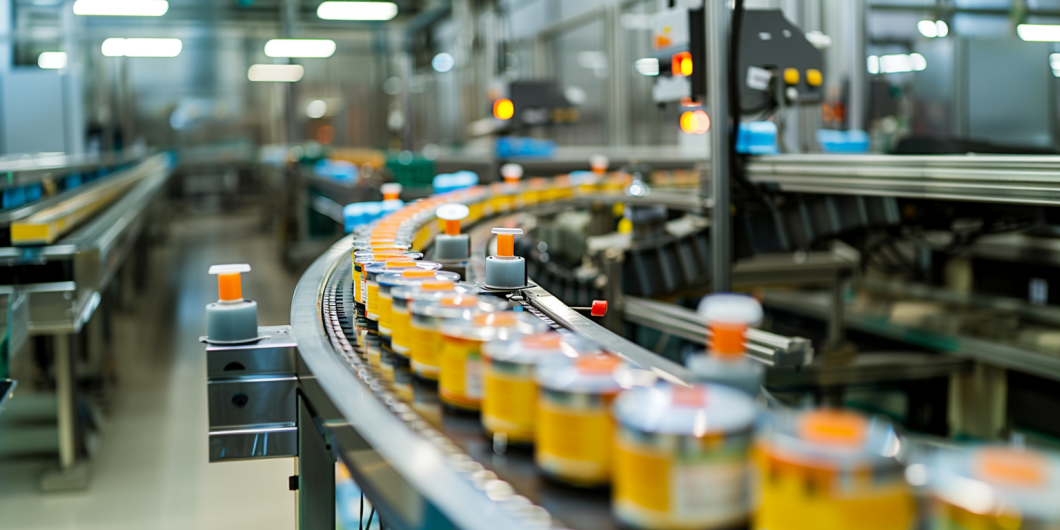The prevalence of labour shortages in manufacturing is increasingly evident worldwide, exerting significant pressure on industry productivity and economic development. This phenomenon extends beyond regional boundaries, highlighting a broader systemic issue that necessitates urgent attention.
Manufacturing, as a cornerstone of many economies, relies heavily on a skilled workforce to drive innovation, efficiency, and output. However, the current shortage of labour poses formidable obstacles to the sector’s ability to meet demand and sustain growth trajectories.
The rapid pace of technological advancement in manufacturing necessitates a workforce equipped with up-to-date skills and competencies. Yet, there exists a widening gap between the skills demanded by modern manufacturing processes and those possessed by available workers. This disconnect exacerbates the strain on the industry, impeding its capacity to adapt and thrive in an increasingly competitive global landscape.
Automation emerges as a strategic solution to mitigate labour shortages and enhance manufacturing capabilities:

- Improved Productivity: Automation enables continuous operation, boosting overall productivity. By integrating automated machinery and processes, manufacturers can significantly reduce production times and meet increasing demand more efficiently.
- Enhanced Quality Control: Automated systems ensure precision and consistency, reducing errors and improving product quality. By implementing automated inspection and quality control processes, manufacturers can minimize defects and rework, enhancing customer satisfaction and brand reputation.
- Cost Efficiency: Although initial investment costs are significant, automation leads to long-term savings through reduced labour expenses and waste. Automation streamlines workflows, reduces reliance on manual labour, and optimises resource utilisation, resulting in improved cost-effectiveness and profitability over time.
Stay ahead with real-time updates on the latest news:
To address labour shortages effectively, it’s essential to focus on these key areas:
- Investment in Training: Implement comprehensive training programs to upskill existing workers and prepare them for the demands of automation. By providing training in advanced manufacturing technologies and processes, manufacturers can empower their workforce to adapt to evolving industry requirements and excel in their roles.
- Adoption of Collaborative Robotics: Embrace collaborative robots (cobots) to facilitate seamless interaction between humans and machines, optimising workflow efficiency. Cobots can perform repetitive or hazardous tasks alongside human workers, enhancing productivity, safety, and flexibility on the factory floor.
- Data-Driven Decision Making: Utilise data analytics to inform decision-making processes related to production, maintenance, and resource allocation. By collecting and analysing data from automated systems and production processes, manufacturers can identify areas for optimisation, predict maintenance needs, and make informed strategic decisions to drive continuous improvement and operational excellence.

By prioritising automation integration and strategic initiatives, the manufacturing sector can navigate labour shortages and pave the way for sustainable growth, innovation, and competitiveness in the global marketplace.
